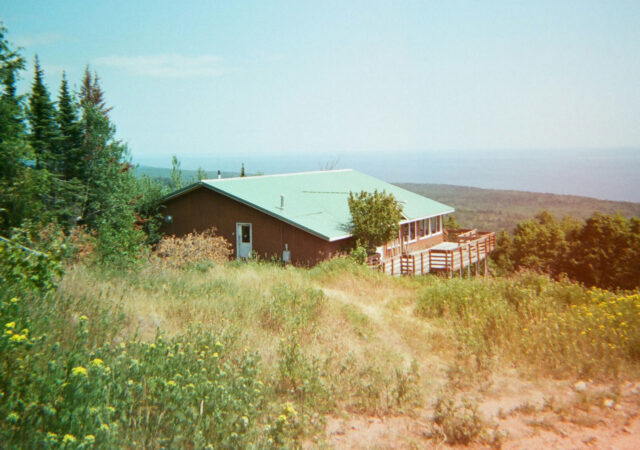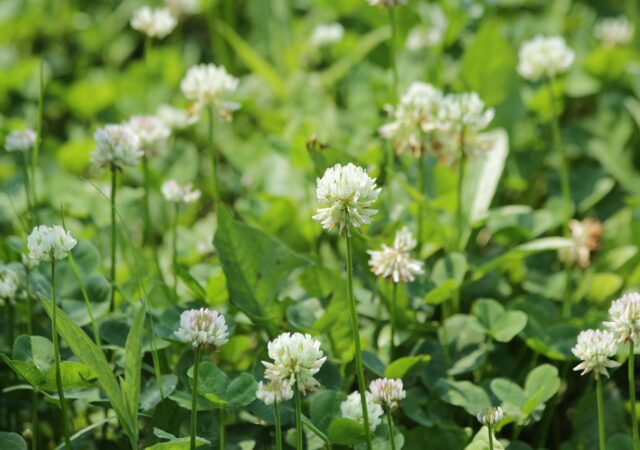The Ficus lyrata, commonly called the fiddle-leaf fig, is a perfect indoor specimen plant. The plant features very large, heavily veined, and violin-shaped leaves that grow upright on a tall plant. These plants are native to the tropics, where they thrive in very warm and wet conditions. This makes them somewhat more challenging for the home grower, who is likely to have trouble duplicating these steamy conditions, but they are fortunately relatively tough plants also that can withstand less-than-perfect conditions for a fairly long time.
F. lyrata are really meant as larger specimen plants: they are perfect if you can situate them in a floor-standing container where the plant is allowed to grow to 6 ft. or more. Because of their very large leaves, these are not natural plants to trim down to a manageable size.
Light: F. lyrata require bright, filtered light. They can even tolerate some full sun, especially if placed in an eastern-facing window. Plants that are kept too dark will fail to grow rapidly.
Water: Keep steadily moist, but don’t allow it to sit in water or it will drop leaves and suffer from root rot.
Soil: Any good, fast-draining potting soil will likely do. Fertilizer: Feed with a weak liquid fertilizer throughout the growing season. F. lyrata don’t have remarkable fertilizer requirements.




